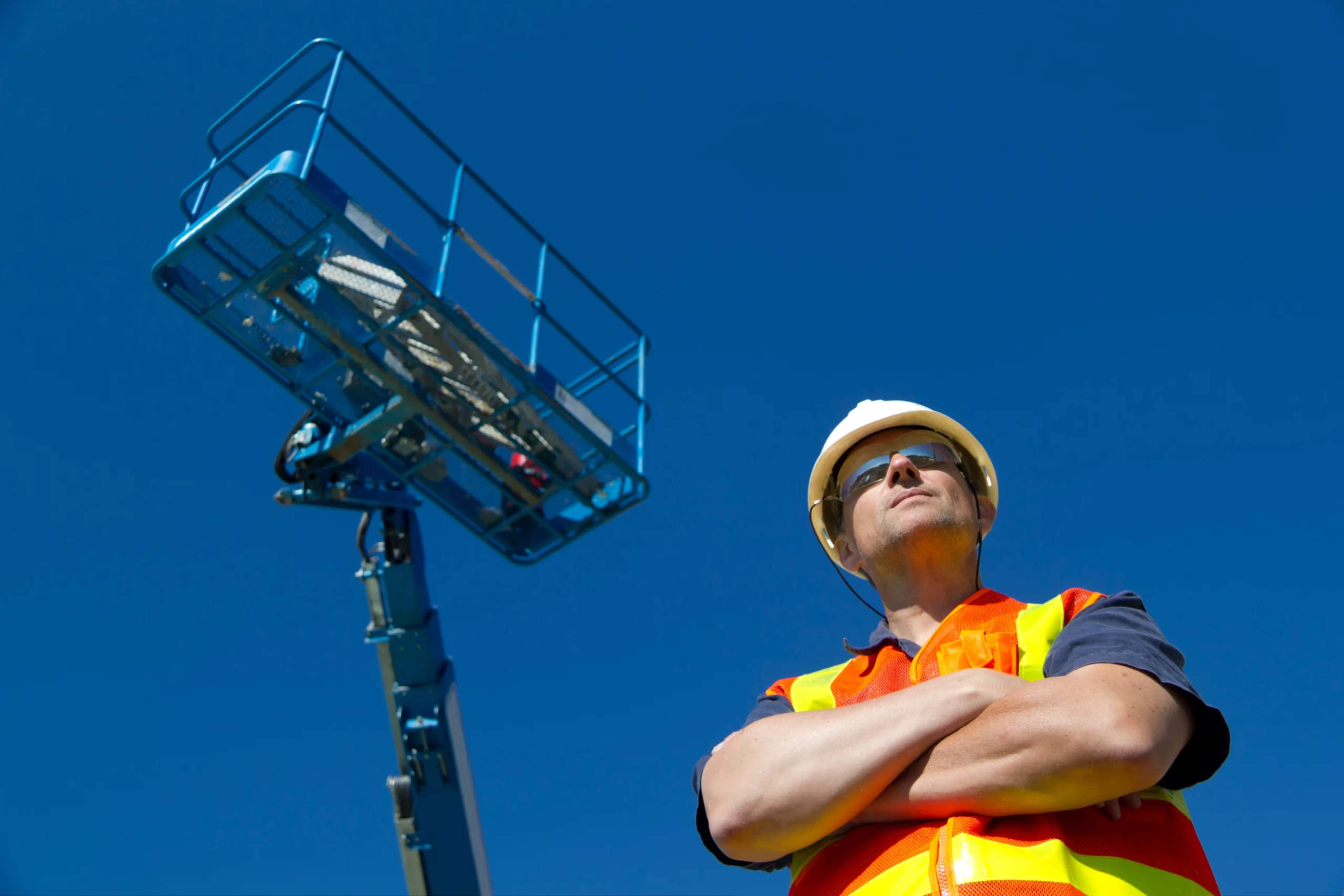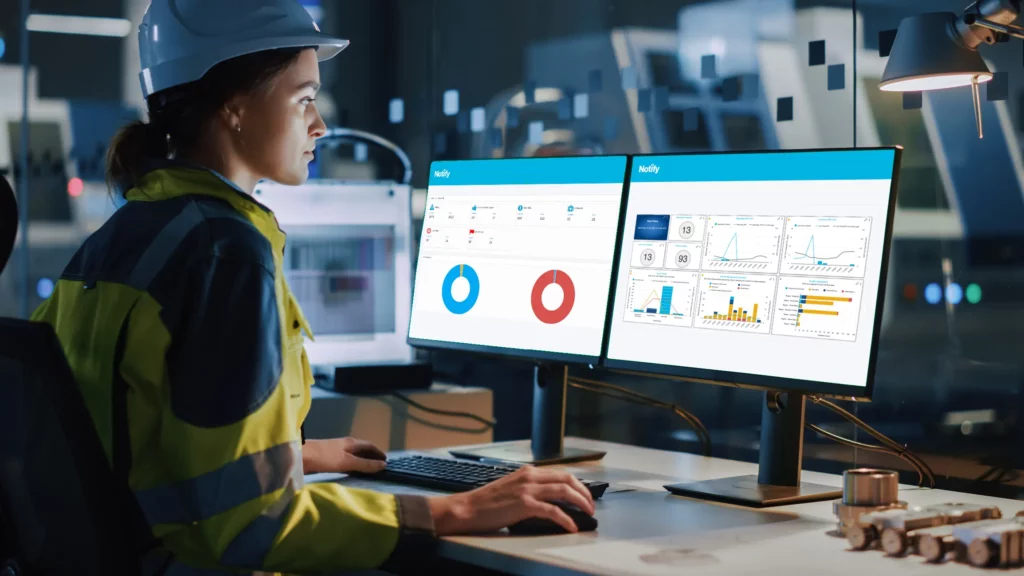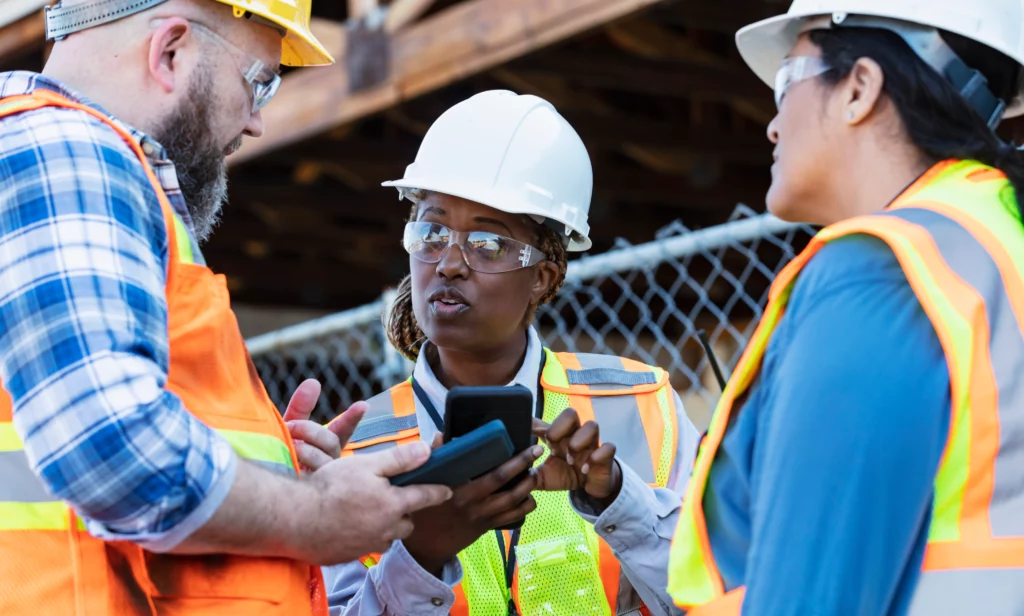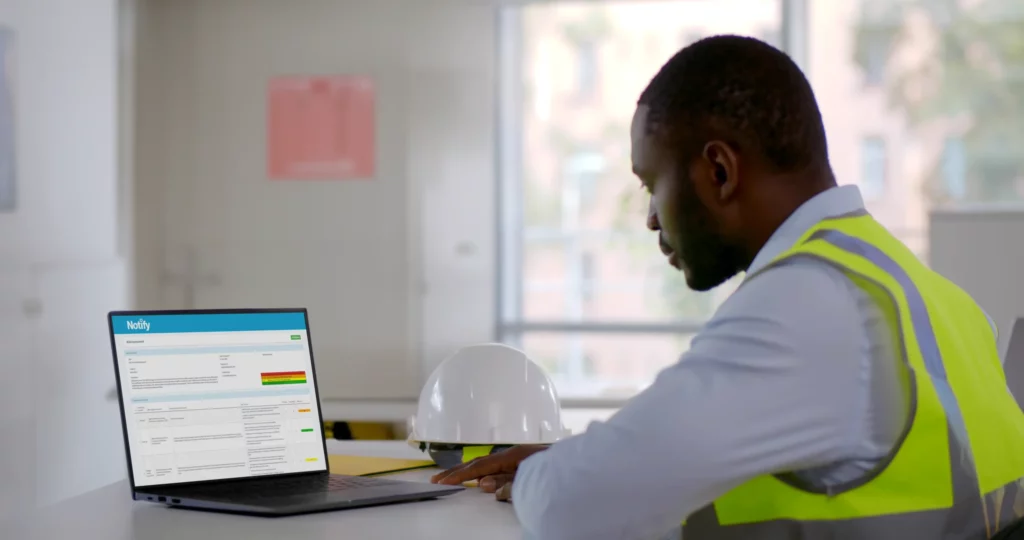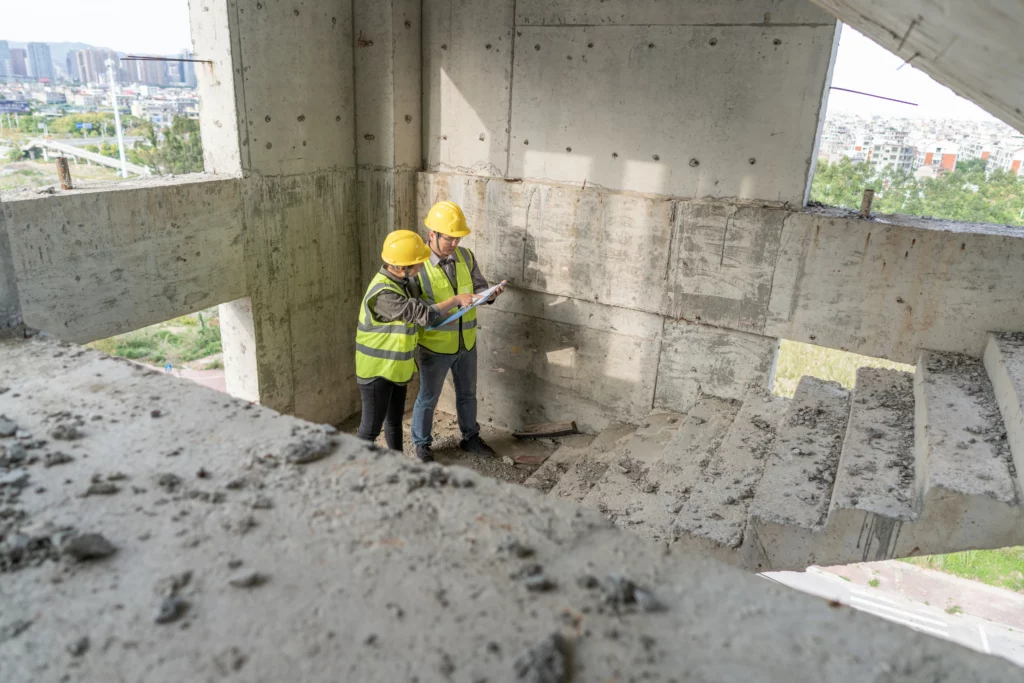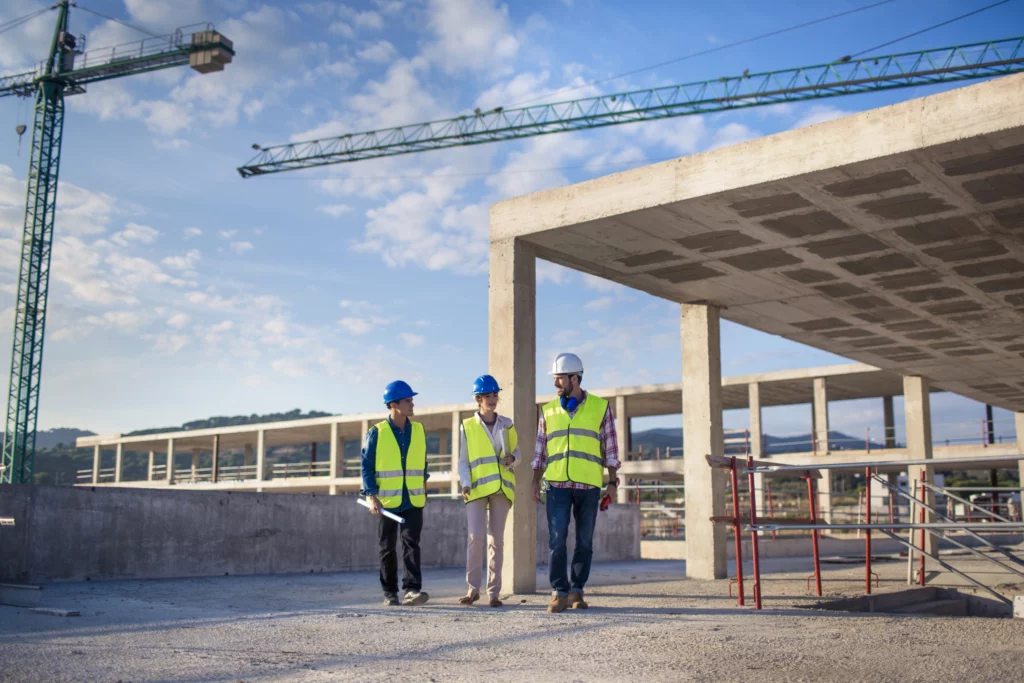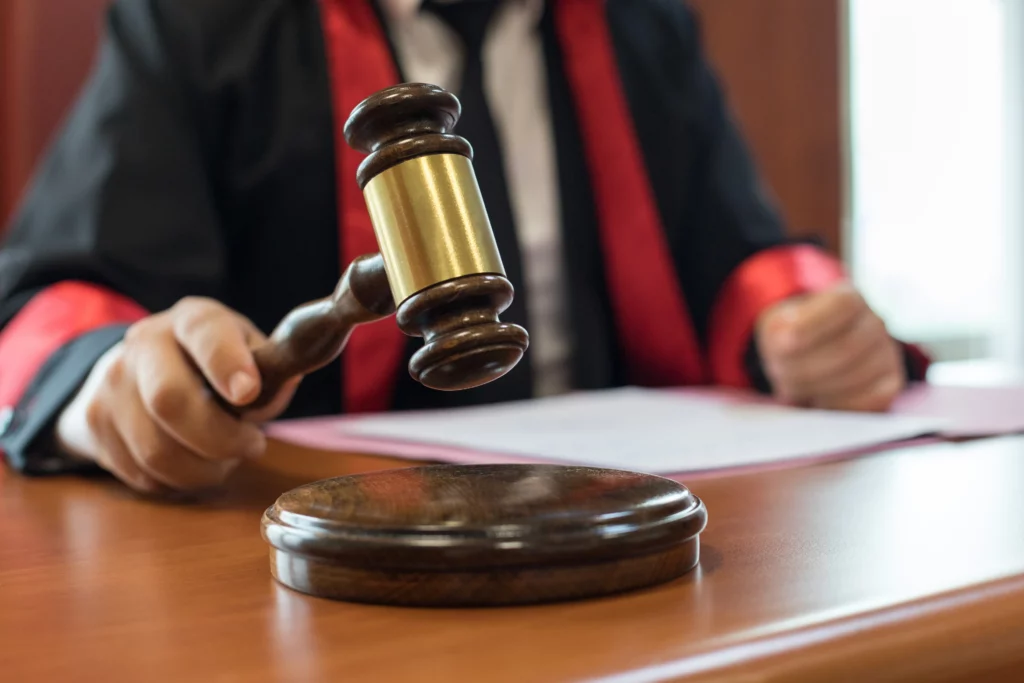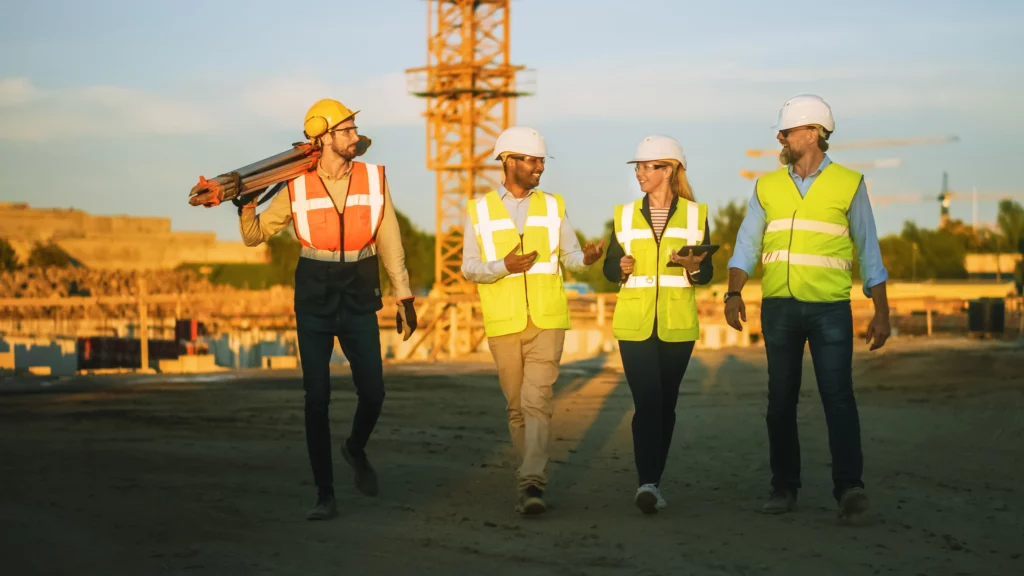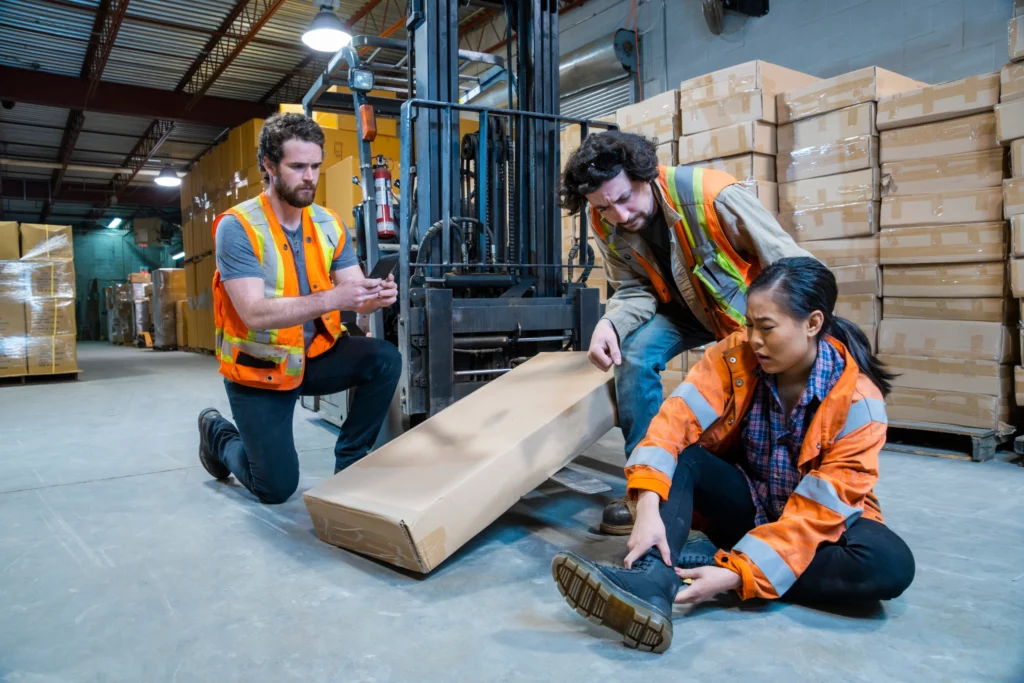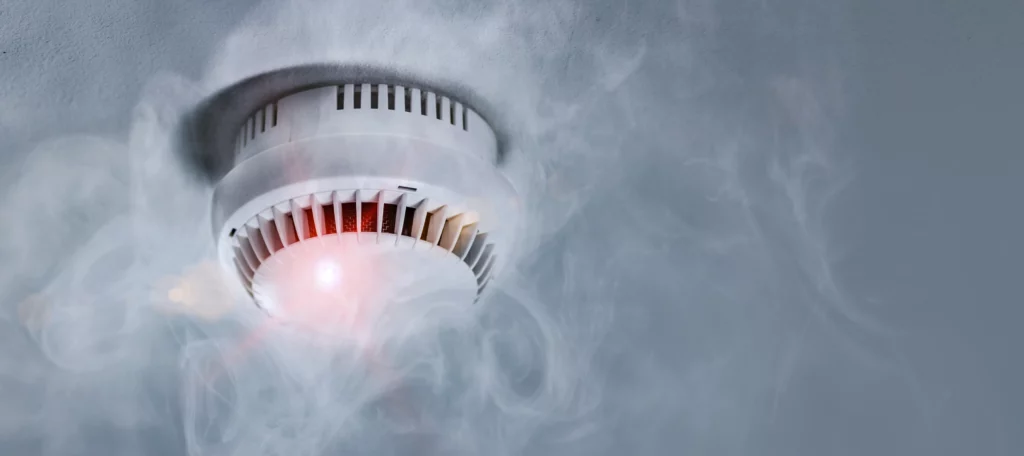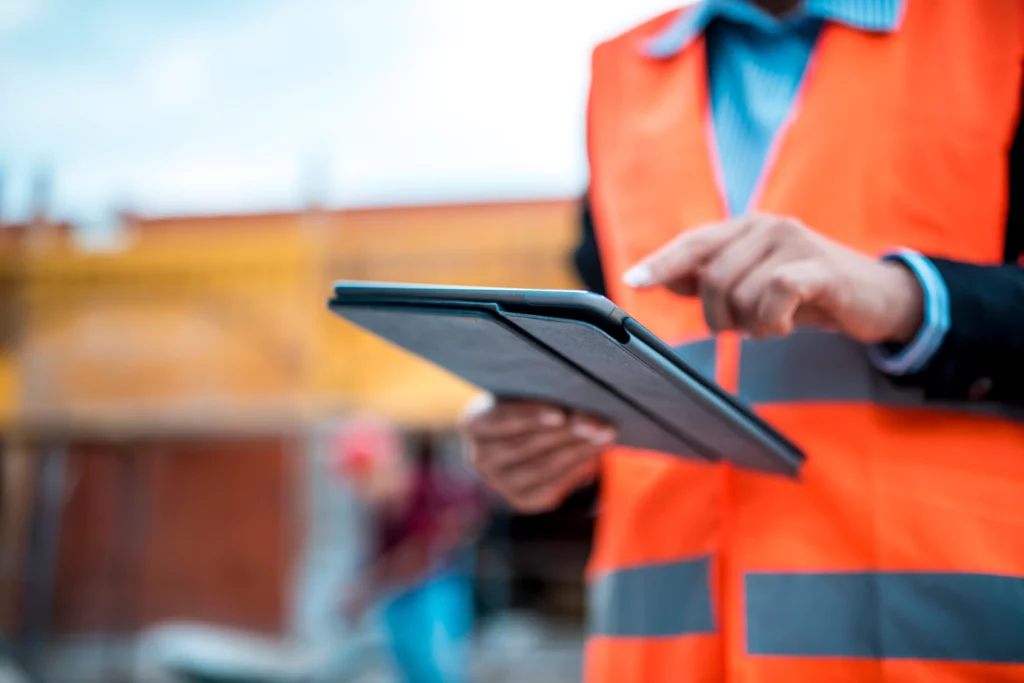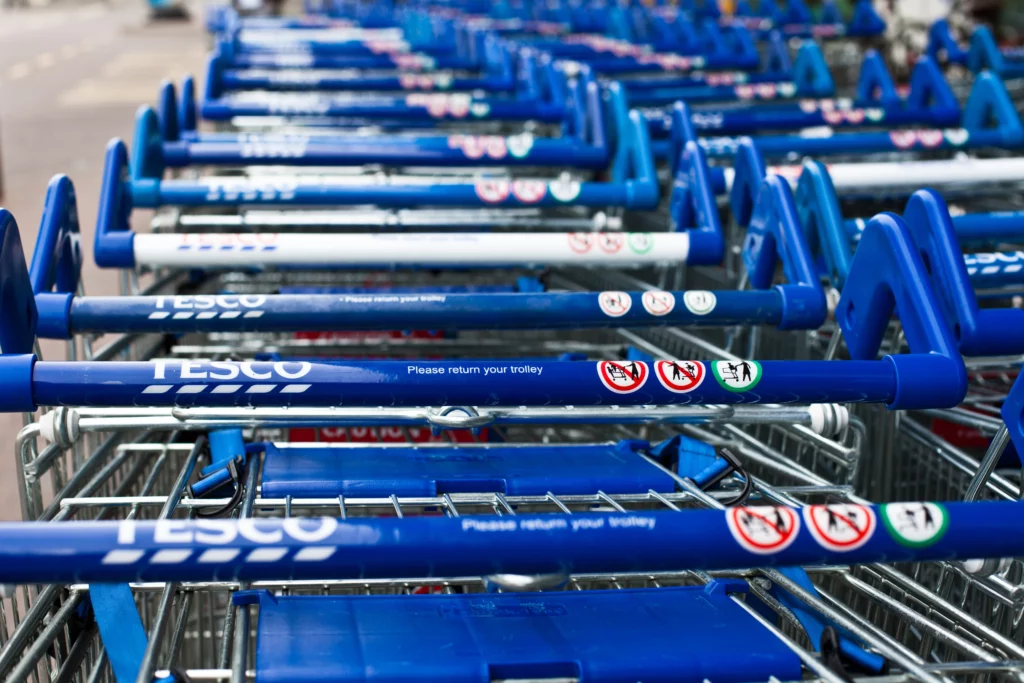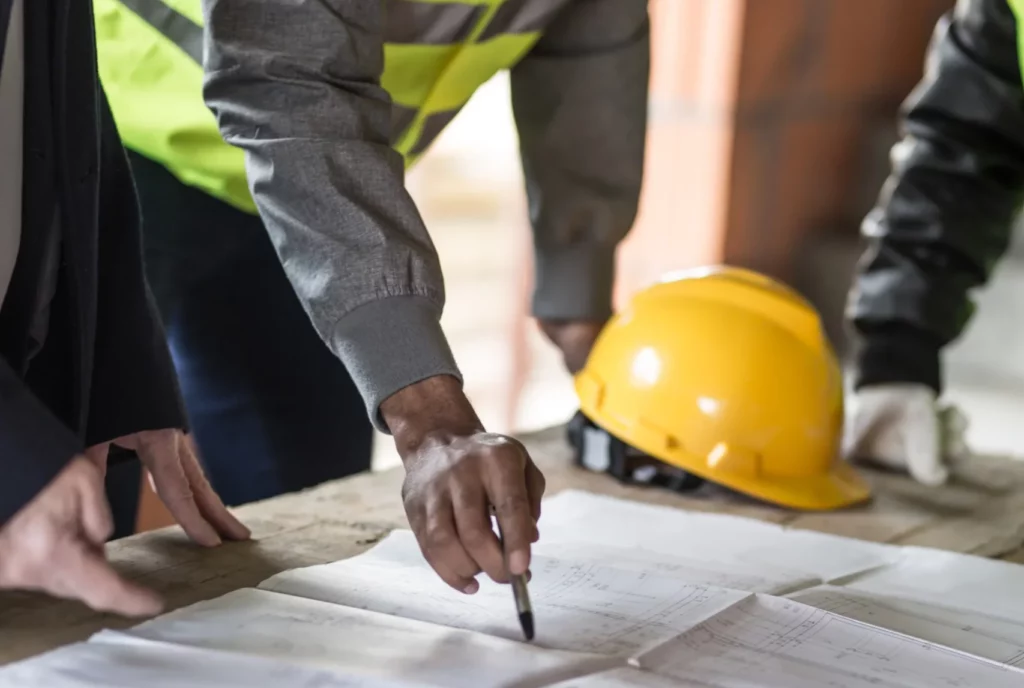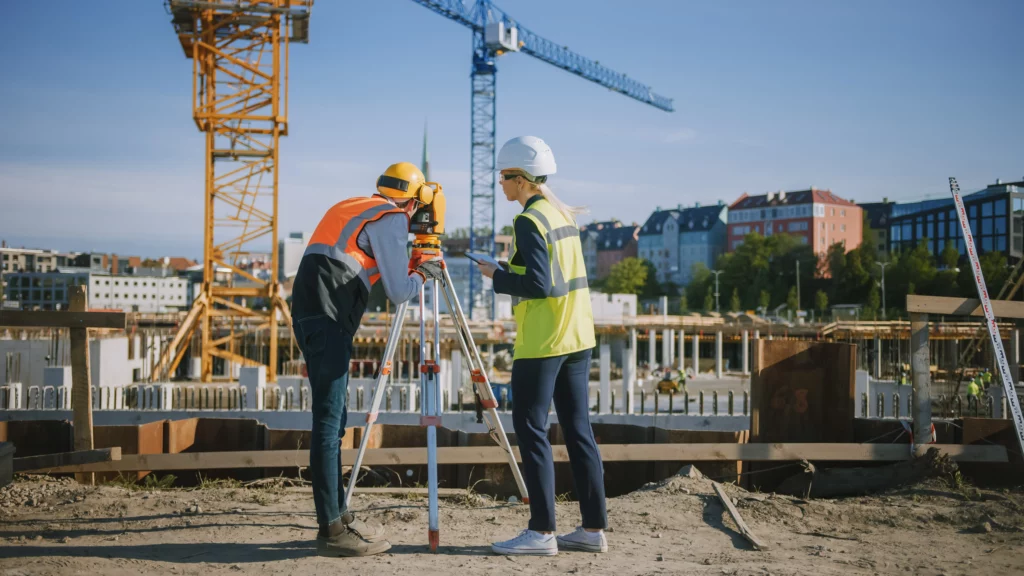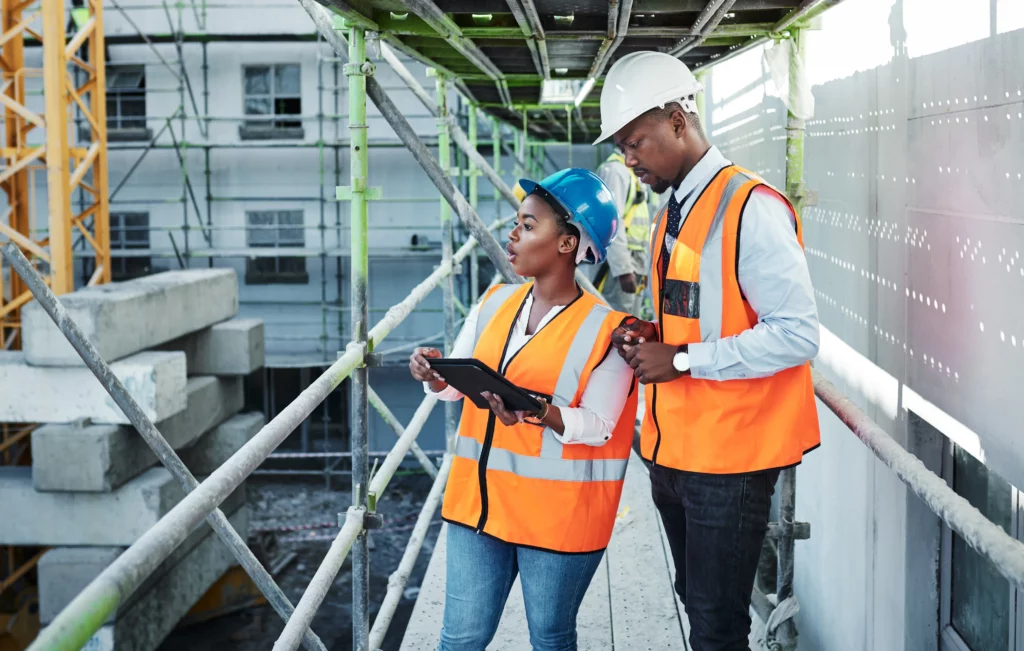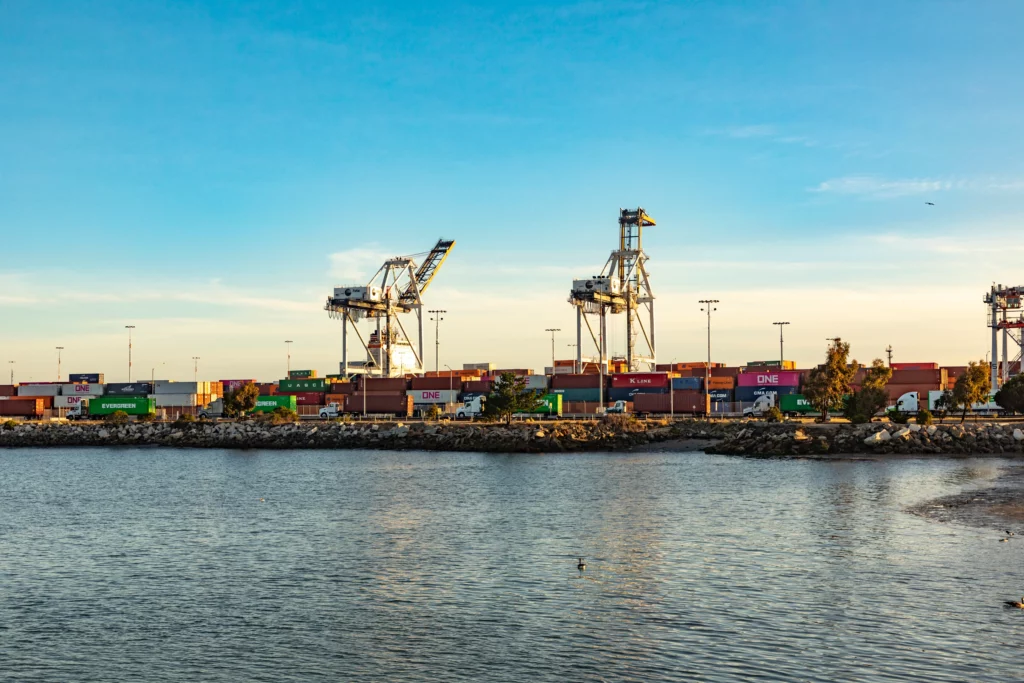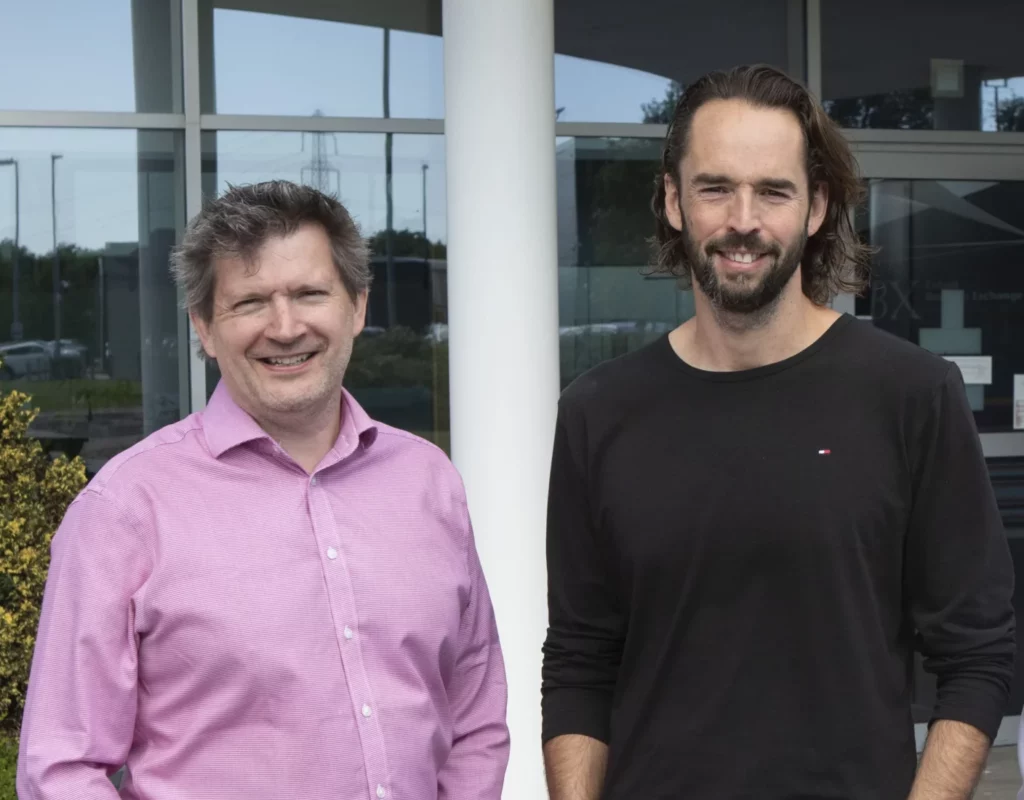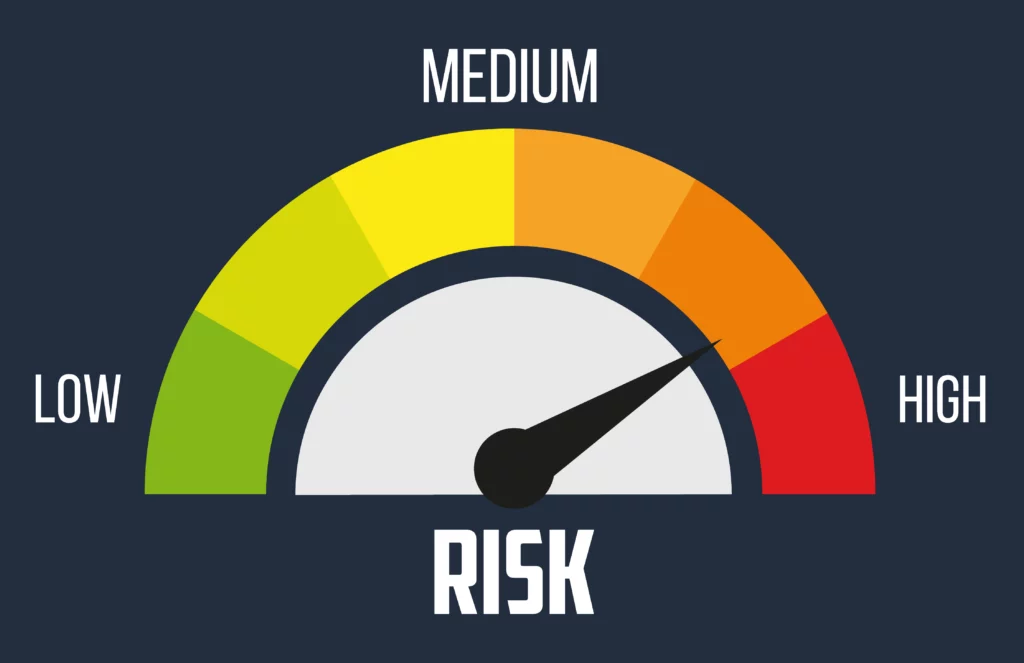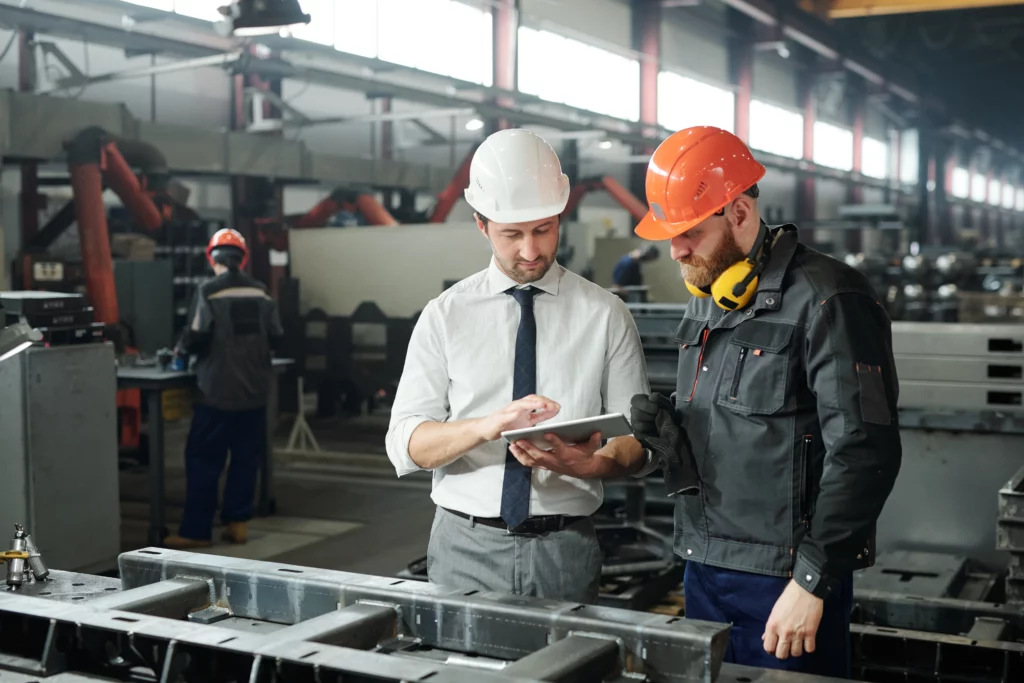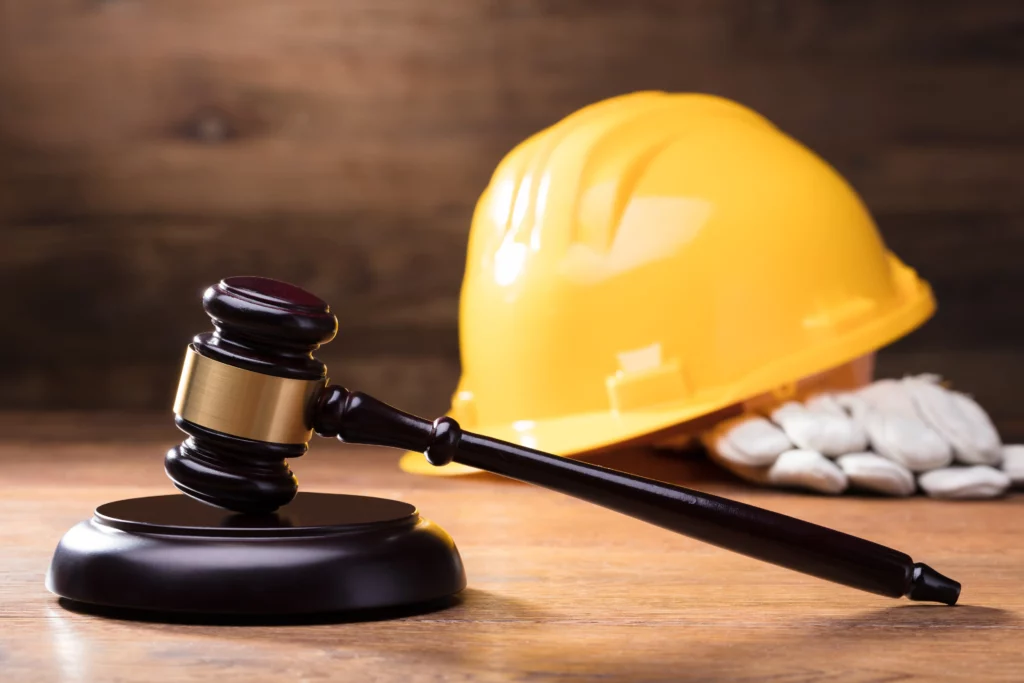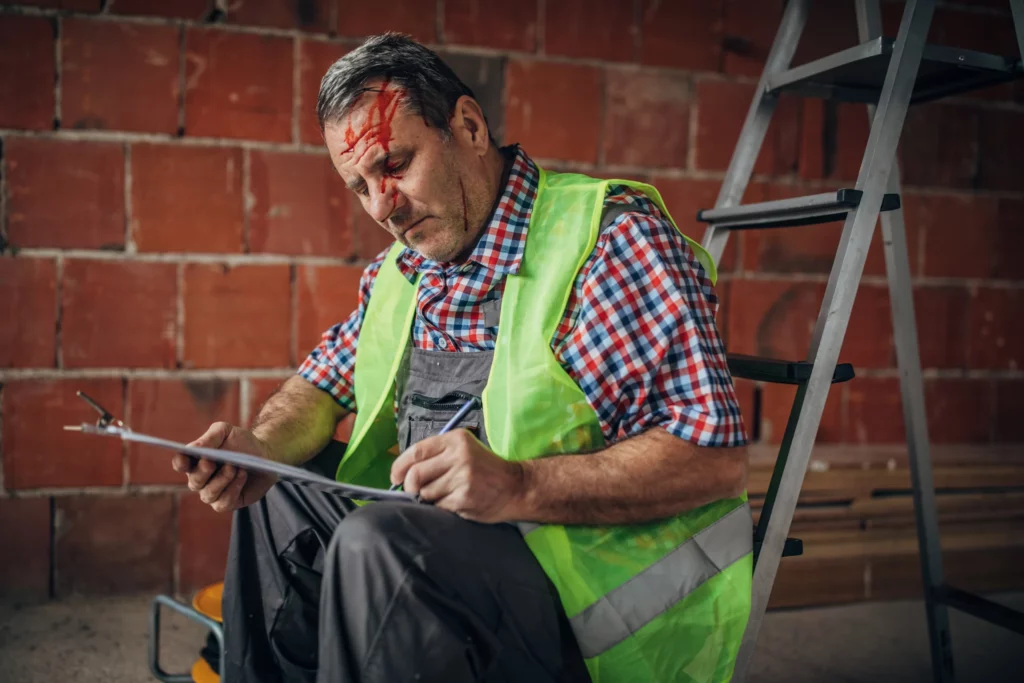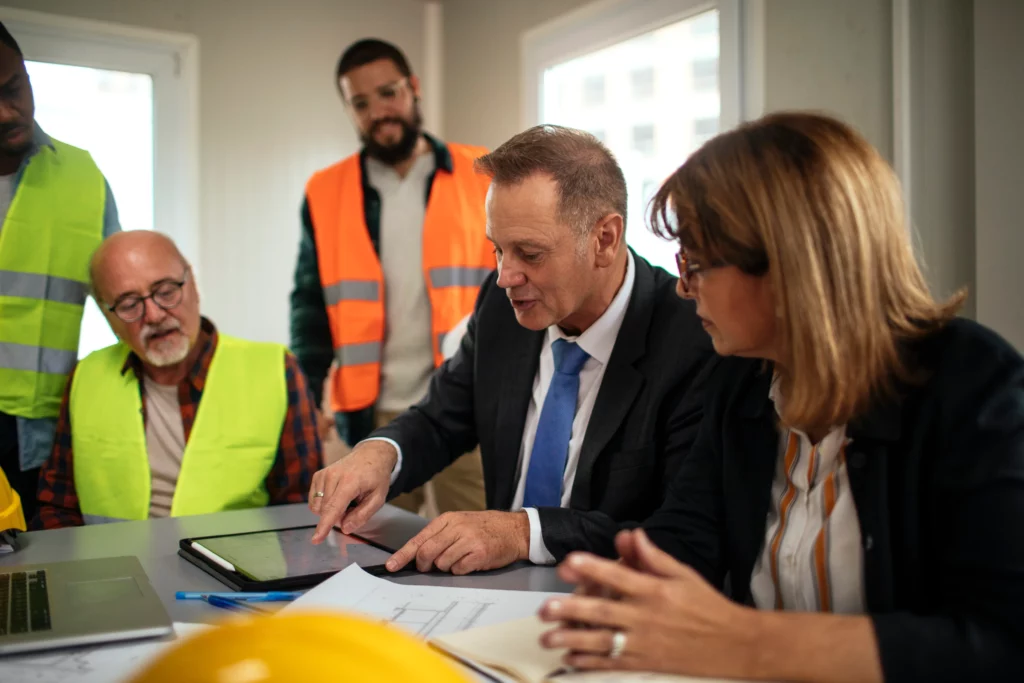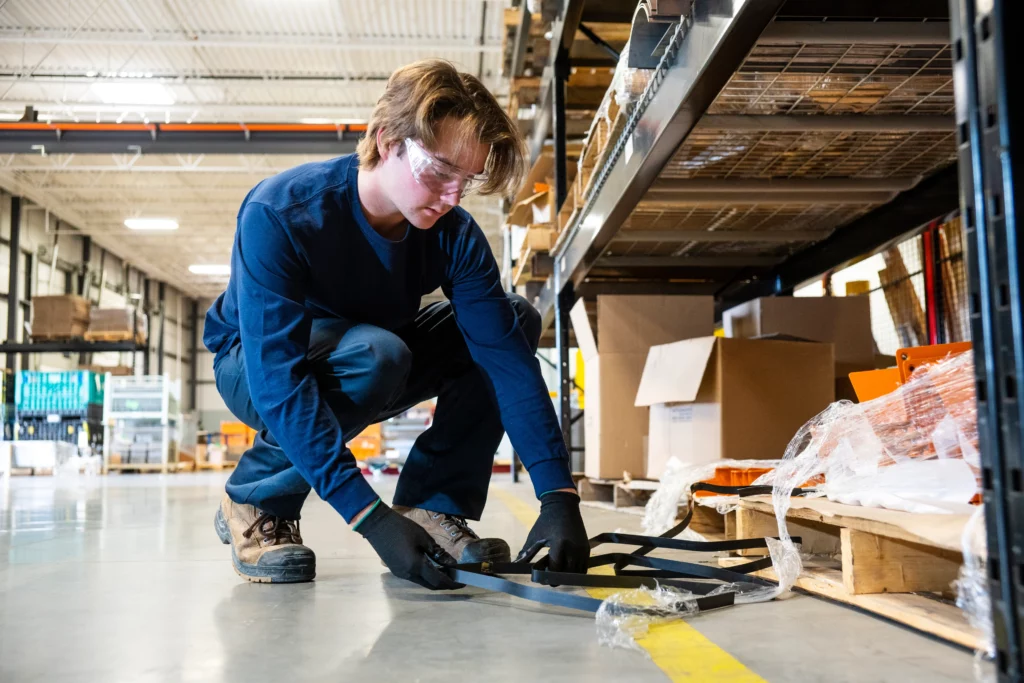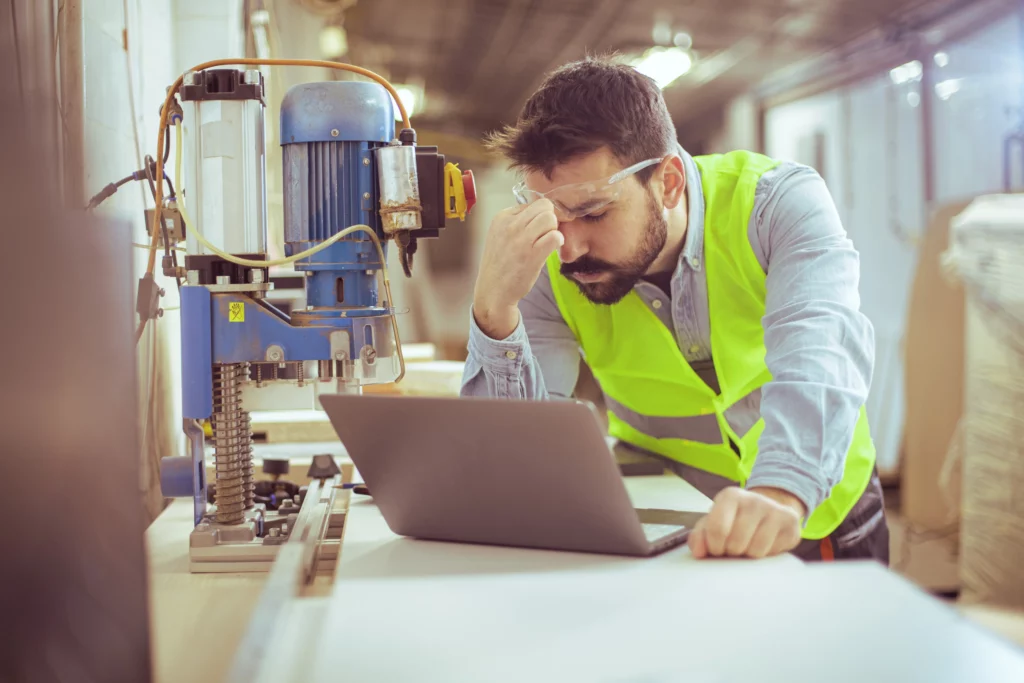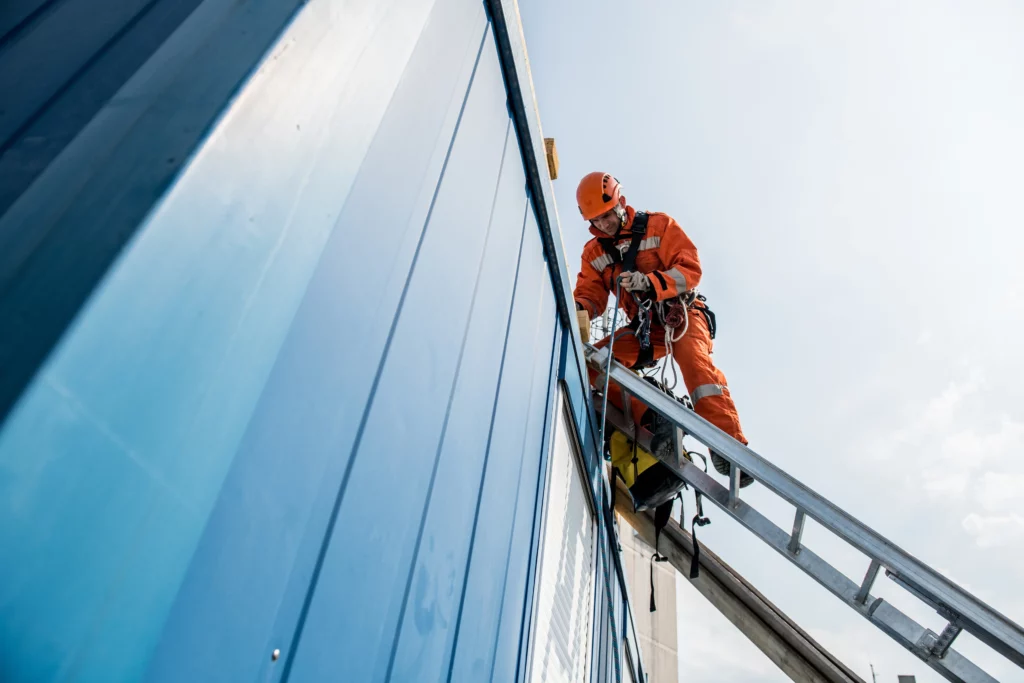What is the purpose of LOLER?
LOLER places duties on people and companies who own, operate or have control over lifting equipment. All lifting operations involving lifting equipment must be properly planned by a competent person, appropriately supervised and carried out safely.
LOLER also requires that all equipment used for lifting is fit for purpose, appropriate for the task, suitably marked and, in many cases, subject to statutory periodic ‘thorough examination’. Records must be kept of all thorough examinations and any defects found must be reported to both the person responsible for the equipment and the relevant enforcing authority.
A recent case example
A case recently came before the courts which raised an interesting issue relating to the occasionally vexed area of LOLER thorough examination and a potential change to an element of its interpretation.
Zarafa Height Solutions Limited, who manufactured the cradle system; and Giraffe Access Company Limited, faced allegations of health and safety offences arising from an incident when lifting equipment failed causing serious injuries to two workers. The court was initially asked to consider a position advanced by the HSE to the effect that an organisation ought not to use a competent person from within that organisation to undertake a thorough examination, where that competent person is the same individual who has maintained or installed the equipment. We must stress that the case was not ultimately dealt with on this basis – the prosecution focusing on inadequacies in the thorough examination process.
Can the HSE be right?
By way of reminder, LOLER was intended to implement EU Directive 95/63/EC which supplemented the first Work Equipment Directive. It has been supported by the HSE guidance and an Approved Code of Practice (“ACOP”):
The Lifting Equipment and Lifting Operations Regulations 1998 (“LOLER”) state at regulation 9 (1):
“Every employer shall ensure that before lifting equipment is put into service for the first time by him it is thoroughly examined for any defect…”
The term thorough examination is defined at section 2 of the regulations as follows:
“Thorough examination (a) means a thorough examination by a competent person;
where it is appropriate to carry out testing for the purpose described in the paragraph, includes such testing by a competent person as is appropriate for the purpose,
and “thoroughly examined” shall be construed accordingly…”
The regulations do not define “competent person”, but the HSE describes a competent person as someone who has the necessary skills, experience, and knowledge to perform a task – a widely accepted approach.
The relevant ACOP – L113 – is of great significance.
ACOPs have a special legal status. They are not a legal requirement themselves, but in criminal proceedings they are admissible as evidence, and failure to observe an ACOP can be used to prove a breach of those regulations it supports. This special legal status works both ways. It helps enforcers to secure convictions in court, but it also helps those trying to comply with the regulations, since they know that if they comply with the ACOP they will “automatically” comply with the regulations.
ACOP L113 appears at paragraphs 297 and 299 and is set out in full below:
“297 – The competent person must be sufficiently independent and impartial to allow objective decisions to be made. This does not mean that competent persons must necessarily be employed from an external company. If employers and others within their own organisations have the necessary competence, then they can use it. However, if they do, they must ensure that their ‘in-house’ examiners have the genuine authority and independence to ensure that examinations are properly carried out and that the necessary recommendations arising from them are made without fear or favour.
299 – Where the thorough examination is undertaken by the same person who has maintained the equipment, your risk assessment should show you have considered all the options, how you reached your decision about who should carry out these functions, and also show that the person is suitably qualified and independent to the extent that would be required for another competent person. In these circumstances any maintenance should be carried out after the thorough examination has been undertaken”.
It therefore seems to me very clear that the ACOP absolutely envisages circumstances where an organisation might use a competent person from within that organisation to undertake a thorough examination; and for that competent person to be the same individual who has maintained or installed the equipment.
There will obviously be caveats to the above which focus closely upon the independence of the individual and of the organisation being able to demonstrate that independence; and the need to undertake a (suitable and sufficient) risk assessment which shows that the organisation has looked at “all the options” before deciding to adopt a process whereby the competent person undertaking the thorough examination is the same person who has maintained/installed the equipment.
Reports suggest that the point was left unresolved by the court, what is unknown is whether the HSE retreated from it when advancing its case. However, the risk for the sector now is that the HSE seek to revisit the issue via its guidance and possibly longer term, in changes to the terms of the ACOP although whether they have the appetite to do so is unclear and will doubtless be subject to fierce industry lobbying.
Another “wait and see” (and possibly hope) situation – we will keep you posted.
